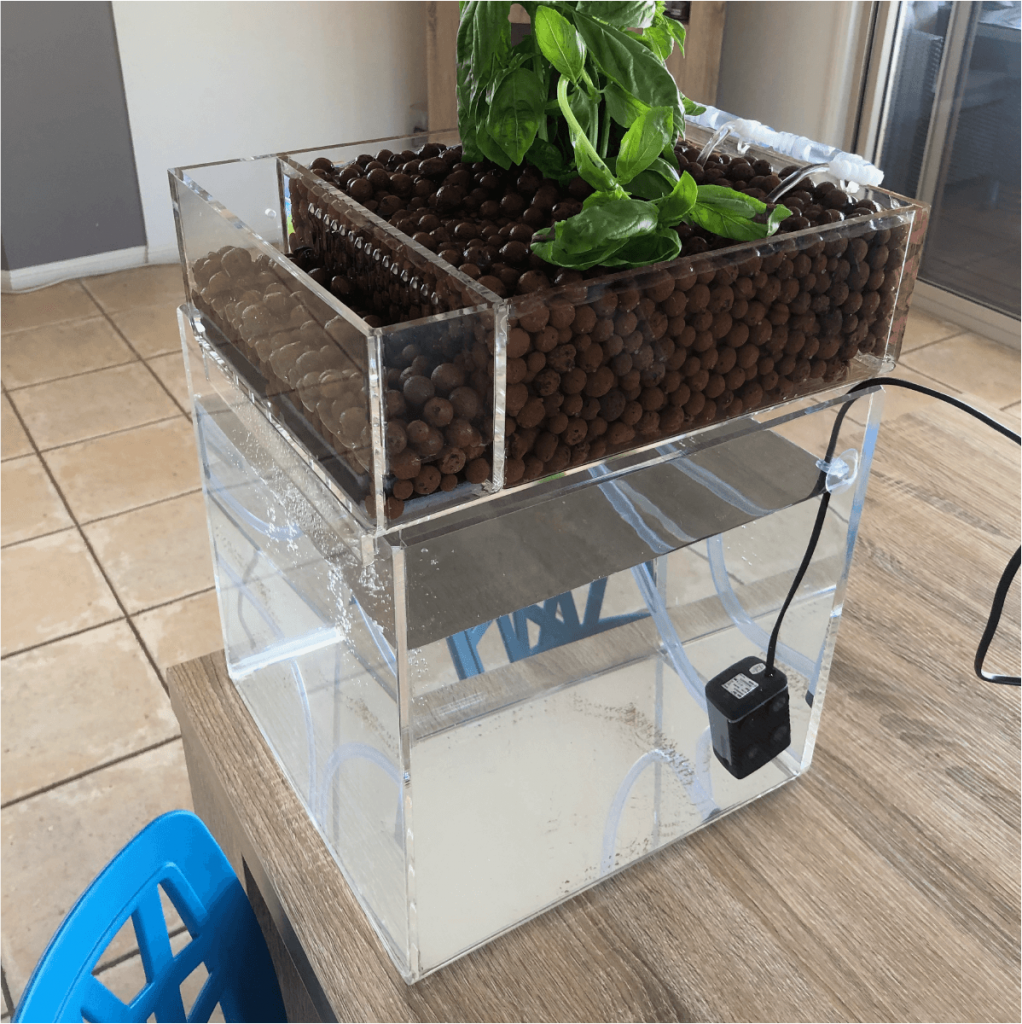So why even opt to produce plastic materials? To begin with, plastic production generally has the advantage of having relatively fast completion times, and unlike the majority of materials there is also the option of colouring plastic before manufacturing, instead of after. It’s high malleability is the reason why it has a reasonably low melting temperature, and it’s also more lightweight than numerous other materials – these two elements simplify the production operation. In addition, plastics are comparatively inert and therefore possess high chemical resistance. Even with all of these positives, plastic is however not suitable for purposes that need a very high physical integrity, and is extremely vulnerable to damage in the long-term.
CNC Machining
CNC machining is a computer regulated subtractive procedure, which eliminates material from plastic in order to generate the chosen shape. The computer is high-tech, with the ability to convert a model into numbers by using a computer assisted design computer software program. The figures are competent to control the equipment to cut the desired form. To set up, the pieces of equipment require an intermediate stage in the creation and validation of tool paths. Once the machine is provided with the tool paths, the subtractive procedure is initiated. Once the construction is finished, the component is cleaned, smoothed, and trimmed.
For lower quantity plastic component requests that call for tight tolerances and forms that are tough to mould, machining is appropriate. CNC machining even offers low to moderate initial expenses, and can also manufacture high quality plastic pieces with limited finishing times. Even so, with an increase of product complexity, the associated fee per part increases. In addition, this process demands tool access considerations, and particular shapes, for example those with rounded internal channels, are near-impossible to make with CNC manufacturing.
Overview Of Vacuum Formation
Vacuum formation is a process in which plastic is warmed and moulded, usually working with a mould. The enormity and intricacy of vacuum-forming machines cover anything from affordable desktop technology to state-of-the-art manufacturing equipment.
It is usually suited to any venture, from custom-made designs to large-scale production, considering the large array of machinery offered and that automation is an option if required. Even so, there’s minimal flexibility in the different kinds of shape it can create, and is unfortunately only competent to build components with basic geometries. Compared to other methods, tooling prices are minimal, since vacuum formation merely needs minimal forces and pressures. Normally, for small production sizes the moulds are made of Three-dimensional printed resin, or possibly plaster, and then for larger production sizes more durable equipment made from metal is commonly used. {You will discover tens of thousands of web sites with tips related to ‘acrylic manufacturers Uk’ this is actually amongst the best websites bespoke acrylic display stands.You’ll find hundreds of thousands of web sites with information and facts with regards to ‘perspex development’ this is actually possibly one of the best sites www.displaydevelopments.co.uk. For anybody who is looking at extra information with regards to bespoke plastic mouldings this webpage plastic molding prototyping has numerous more articles in relation to bespoke plastic mouldings.
The manufacturing process starts off with a sheet of plastic being clamped and warmed up until the plastic becomes mouldable. The plastic will then be put into the mould and cooled down, and often fans and also other chilling methods are used in order to speed up the cooling process. The last stage entails any surplus plastic being removed.

